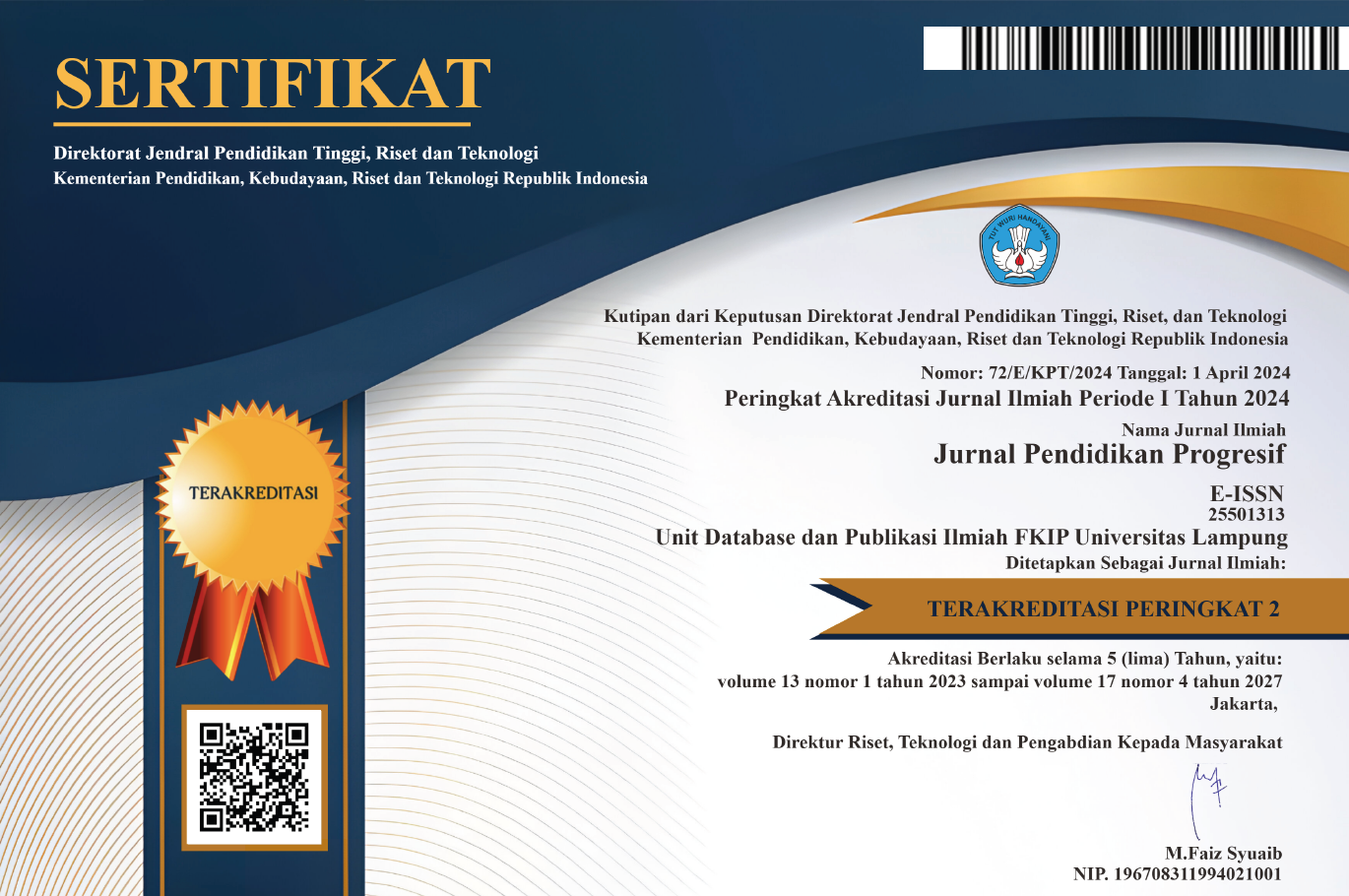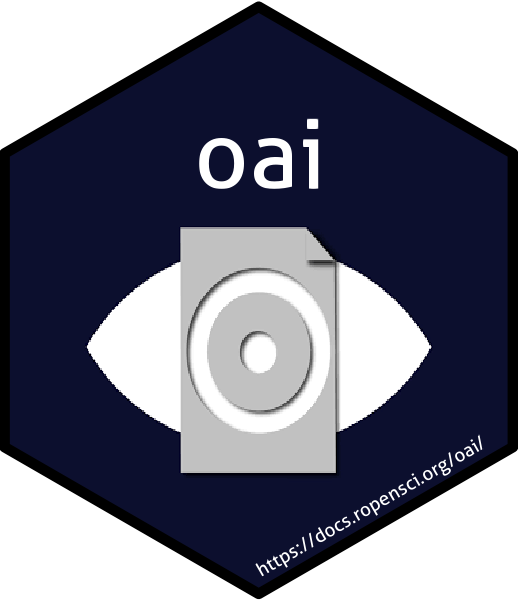Unveiling Research Trends in Philippine Mathematics Education: A Comprehensive Bibliometric and Systematic Analysis
 Country:
Country:
(1) Education Department, Eastern Visayas State University, Carigara, Leyte, Philippines, Philippines
Unveiling Research Trends in Philippine Mathematics Education: A Comprehensive Bibliometric and Systematic Analysis. Objectives: This study aimed to conduct a bibliometric analysis of mathematics education research affiliated with the Philippines, as indexed in the Scopus database, covering the period from 2006 to 2024. The objective was to map publication trends, identify prolific authors and institutions, and analyze thematic and disciplinary classifications to assess the country’s research visibility and productivity. Methods: Data were retrieved from the Scopus database due to its comprehensive coverage of peer-reviewed academic publications. The search query used was: AFFILCOUNTRY ("Philippines") AND (SUBJAREA (educ) OR SUBJAREA (math)) AND TITLE-ABS-KEY ("mathematics education" OR "mathematics teaching"). A total of 25 documents were initially retrieved. After screening for duplicates, non-English records, and incomplete metadata, 20 documents were retained for analysis. The metadata were processed using Elsevier’s SciVal and VOSviewer to examine publication output, author productivity, institutional affiliations, document types, subject areas, and keyword co-occurrences. Findings: The results revealed minimal research output before 2020, followed by a marked increase beginning in 2020, coinciding with the global shift to remote and hybrid learning due to the COVID-19 pandemic. Research productivity remains highly concentrated, with the top three institutions Ateneo de Manila University, Philippine Normal University, and De La Salle University accounting for over 50% of total publications. Most documents were journal articles, and the predominant subject areas were mathematics and education, with emerging interdisciplinary themes related to digital learning and abstraction. Conclusion: While recent gains in research output are promising, Philippine mathematics education scholarship remains uneven. Expanding research capacity, fostering regional collaboration, and utilizing bibliometric tools are essential steps toward improving research equity, visibility, and impact at both national and global levels.
Keywords: mathematics education, bibliometric analysis, Philippines, COVID-19, research productivity, international visibility.
Aktoprak, A., & Hursen, C. (2022). A bibliometric and content analysis of critical thinking in education. Thinking Skills and Creativity, 44, 101029. https://doi.org/10.1016/j.tsc.2022.101029
Aria, M., & Cuccurullo, C. (2017). bibliometrix: An R-tool for comprehensive science mapping analysis. Journal of Informetrics, 11(4), 959–975. https://doi.org/10.1016/j.joi.2017.08.007
Bao, W. (2020). COVID-19 and online teaching in higher education: A case study of Peking University. Human Behavior and Emerging Technologies, 2(2), 113–115. https://doi.org/10.1002/hbe2.191
Bond, M. (2021). Schools and emergency remote education during the COVID-19 pandemic: A living rapid systematic review. Asian Journal of Distance Education, 15(2), 191–247. https://files.eric.ed.gov/fulltext/EJ1285336.pdf
Börner, K., Chen, C., & Boyack, K. W. (2003). Visualizing knowledge domains. Annual Review of Information Science and Technology, 37(1), 179–255. https://doi.org/10.1002/aris.1440370106
Commission on Higher Education CHED. (2020). Higher Education Facts and Figures AY 2019–2020. Commission on Higher Education. Retrieved from https://ched.gov.ph/wp-content/uploads/Higher-Education-Facts-and-Figures-AY-2019-2020.pdf
Commission on Higher Education (CHED). (2020). Centers of Excellence (COE) and Centers of Development (COD). https://ched.gov.ph/center-of-excellence-and-development/
David, L. R., & Perez, T. (2020). Teaching mathematics through technology: A review of Philippine studies. Journal of Educational Research and Innovation, 8(1), 1–13.
Donthu, N., Kumar, S., Mukherjee, D., Pandey, N., & Lim, W. M. (2021). How to conduct a bibliometric analysis: An overview and guidelines. Journal of Business Research, 133, 285–296. https://doi.org/10.1016/j.jbusres.2021.04.070
Drijvers, P., Grauwin, S., & Trouche, L. (2020). When bibliometrics met mathematics education research: The case of instrumental orchestration. ZDM Mathematics Education, 52(7), 1455–1469. https://doi.org/10.1007/s11858-020-01169-3
Ellegaard, O., & Wallin, J. A. (2015). The bibliometric analysis of scholarly production: How great is the impact? Scientometrics, 105(3), 1809–1831. https://doi.org/10.1007/s11192-015-1645-z
Gökçe, S., & Güner, P. (2021). Forty years of mathematics education: 1980–2019. International Journal of Education in Mathematics, Science and Technology, 9(3), 514–539. https://doi.org/10.46328/IJEMST.1361
Ha, C. T., Thao, T. T. P., Trung, N. T., Huong, L. T. T., Dinh, N. V., & Trung, T. (2020). A bibliometric review of research on STEM education in ASEAN: Science mapping the literature in Scopus database, 2000 to 2019. Eurasia Journal of Mathematics, Science and Technology Education, 16(10), em1889. https://doi.org/10.29333/ejmste/8500
Hallinger, P., & Kovačević, J. (2019). A bibliometric review of research on educational administration: Science mapping the literature, 1960 to 2018. Review of Educational Research, 89(3), 335–369. https://doi.org/10.3102/0034654319830380
Hodiyanto, Budiarto, M. T., Ekawati, R., Susanti, G., Kim, J., & Bongtiwon, D. M. R. (2025). Trends of abstraction research in mathematics education: A bibliometric analysis. Infinity Journal of Mathematics Education, 14(1), 125–142. https://doi.org/10.22460/infinity.v14i1.p125-142
Huang, R. H., Liu, D. J., Tlili, A., Knyazeva, S., Chang, T. W., Zhang, X. B., ... & Zhuang, R. X. (2020). Guidance on flexible learning during campus closures: Ensuring course quality of higher education in COVID-19 outbreak. Smart Learning Institute of Beijing Normal University.
Kilpatrick, J., Swafford, J., & Findell, B. (2001). Adding it up: Helping children learn mathematics. Washington, DC: National Academy Press.
Mullis, I. V. S., Martin, M. O., Foy, P., & Hooper, M. (2020). TIMSS 2019 international results in mathematics and science. Chestnut Hill, MA: TIMSS & PIRLS International Study Center, Boston College.
National Council of Teachers of Mathematics. (2014). Principles to actions: Ensuring mathematical success for all. Reston, VA: NCTM.
OECD. (2019). PISA 2018 results (Volume I): What students know and can do. Paris: OECD Publishing. https://doi.org/10.1787/5f07c754-en
Orbe, J. H., Estrella, A. C., & Gascon, F. L. (2021). Trends in Philippine mathematics education research: A meta-synthesis. Philippine Social Science Journal, 4(2), 19–30.
Santos, F. M. B., Oliveira, C. L. D., & Ferreira, R. (2023). A bibliometric study of mathematics education research in Brazil: Topics, trends and collaborations. Revista Brasileira de Educação, 28, e280064. https://doi.org/10.1590/s1413-24782023280064
UNESCO. (2021). Reimagining our futures together: A new social contract for education. Paris: United Nations Educational, Scientific and Cultural Organization. https://unesdoc.unesco.org/ark:/48223/pf0000379707
UNESCO. (2021). Education: From disruption to recovery. https://en.unesco.org/covid19/educationresponse
Vistro-Yu, C. P. (2012). The mathematics education landscape in the Philippines. Mathematics Education Research Journal, 24(2), 153–175. https://doi.org/10.1007/s13394-012-0034-9
Wang, X., & Wang, Y. (2021). A bibliometric analysis of mathematics education research in China: 2000–2020. Frontiers in Psychology, 12, 662679. https://doi.org/10.3389/fpsyg.2021.662679
Yusof, N. M., Salleh, M. N., & Mohd, A. Z. (2021). Research trends in mathematics education in Malaysia: A bibliometric analysis. Malaysian Journal of Learning and Instruction, 18(1), 23–45. https://doi.org/10.32890/mjli2021.18.1.2
Zahedi, Z., Costas, R., & Wouters, P. (2015). How well developed are altmetrics? A cross-disciplinary analysis of the presence of alternative metrics in scientific publications. Scientometrics, 101(2), 1491–1513. https://doi.org/10.1007/s11192-014-1264-0
Zupic, I., & Čater, T. (2015). Bibliometric methods in management and organization. Organizational Research Methods, 18(3), 429–472. https://doi.org/10.1177/1094428114562629
Refbacks

This work is licensed under a Creative Commons Attribution-ShareAlike 4.0 International License.
View My Stats






